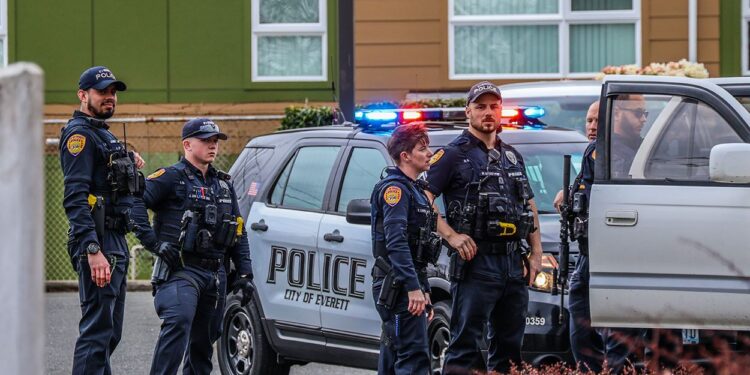Washington is seeing a troubling rise in drug-related activity and illegal firearms cases, alarming public safety advocates and community members from Rainier Valley to Tacoma. As fentanyl overdoses spike and guns continue to appear in everyday police encounters, many residents say the issue is no longer abstract, it’s visible on their streets and in their neighborhoods.
New statewide data shows a 31% increase in drug and gun-related offenses over the past year. That jump represents nearly 28,000 reported incidents in 2024, up from just over 21,000 the year before. And while these numbers reflect a broader trend across Washington, many in Seattle say the impacts are most keenly felt at the local level.
“It’s not just about statistics anymore. We’re watching it unfold in real time, on our commutes, outside our schools, in our parks,” said Asha Gomez, a community organizer in South Seattle. “We’re seeing more discarded needles, more overdoses, and more stories of teenagers caught with firearms.”
In Seattle neighborhoods like Rainier Valley and the Central District, residents say they’ve witnessed a noticeable shift. The presence of fentanyl, often cheap, accessible, and highly addictive, has escalated the public health crisis. Paired with the increased circulation of unregistered firearms, the dynamic is drawing serious concern from both community leaders and first responders.
Officers working in Seattle and King County report that traffic stops, routine calls, and drug arrests are increasingly turning up illegal weapons, often in the hands of individuals already grappling with addiction or involved in drug trafficking. The connection between narcotics and firearms, they say, is growing stronger and more dangerous.
“It’s no longer unusual to find fentanyl and a firearm in the same backpack,” said one SPD officer familiar with narcotics investigations. “We’re not just chasing one issue anymore. These threats are layered and deeply connected.”
Meanwhile, Washington continues to face a police staffing shortage, with the state ranking at the bottom nationwide for officers per capita. That strain has made it harder for departments like Seattle’s to respond swiftly or invest fully in proactive patrols and targeted outreach.
Public safety advocates say enforcement alone isn’t enough. The steep rise in offenses is being interpreted as a symptom of broader systemic gaps: inadequate addiction recovery options, limited mental health care, and inconsistent access to housing and employment for those coming out of the justice system.
“We’ve been stuck in a reactive model for too long,” said Jamal Harris, who runs a violence prevention program in South Seattle. “If we don’t fund treatment, if we don’t give people a path forward, we’re going to keep seeing these numbers go up, especially with drugs like fentanyl in the mix.”
In response to the surge, some neighborhoods have taken matters into their own hands, forming community patrols, launching peer-to-peer outreach programs, and pushing the city to explore alternatives to traditional policing. Still, many say those grassroots efforts need sustained support from local and state governments to succeed.
“The frustration is real,” said Gomez. “People want to feel safe, but they also want to see smarter solutions, something beyond arrests and short-term crackdowns.”







